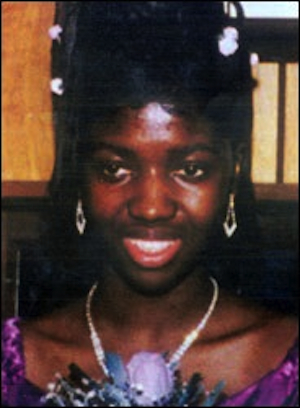Brooklyn judge dismisses racial bias claim against NYPD

A Brooklyn federal judge dismissed a case against New York City and the New York City Police Department (NYPD), alleging racial bias in the delayed search for a missing Brooklyn girl.
Elle Carmichael was distraught when her daughter, Romona Moore, went missing on April 24, 2003. The Hunter College student, it was later determined, was abducted in East Flatbush, Brooklyn, and her body was eventually found having been raped, tortured and ultimately murdered. Carmichael contacted the police the morning after her daughter went missing but was told the case was closed due to the fact that Moore, an African-American, was older than 16 at the time of her disappearance. After continued efforts by Carmichael and calls to action by local politicians, the NYPD renewed their search efforts on April 28, 2003. Moore was killed on April 27.
Around the same time, Svetlana Aronov, a Caucasian woman, went missing from the Upper East Side in Manhattan. According to reports, NYPD detectives began searching for Aronov three hours after she was reported missing. Carmichael and her attorneys viewed the difference in treatment of Moore’s disappearance and that of Aronov as an example of how the NYPD unfairly directs enhanced efforts to investigate cases of Caucasian missing persons over missing persons of color.
